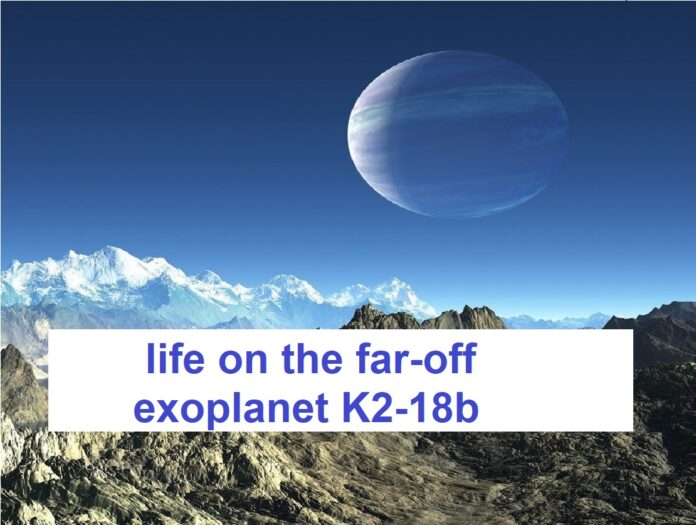Dimethyl sulfide (DMS) was discovered by NASA’s James Webb Space Telescope on exoplanet K2-18b, which may indicate the presence of life.
The James Webb Space Telescope of NASA may have come onto flimsy proof that K2-18b, a far-off exoplanet, may be home to life. According to BBC News, the telescope may have found a chemical called dimethyl sulphide (DMS), which is only created by life.
Scientists contend that additional information is needed to confirm the existence of the planet, which was discovered 120 light years away, and that this discovery is not yet conclusive. Researchers have discovered methane and carbon dioxide (CO2) in the planet’s atmosphere in addition to DMS, suggesting that this far-off world may have an ocean of water.
The study’s principal investigator at the University of Cambridge, Professor Nikku Madhusudhan, said: “On Earth, DMS is only created by life. The majority of it, which is found in Earth’s atmosphere, is released by marine phytoplankton. He did, however, issue a warning that the detection of DMS is still inconclusive and that additional evidence, which is anticipated within a year, is necessary to validate its existence.
This is the first time scientists have discovered the potential for DMS to exist on a planet orbiting a far-off star. However, due to similar claims that were made in 2020 regarding the existence of phosphine, a potential indicator of life, in the clouds of Venus but were ultimately disproved a year later, the data should be interpreted with caution.
“We are slowly moving towards the point where we will be able to answer that big question as to whether or not we are alone in the Universe,” Dr. Robert Massey, Deputy Director of the Royal Astronomical Society in London, said in response to the findings, according to BBC News.
The James Webb Space Telescope can examine the light that is traveling through the atmosphere of a distant planet to identify the chemical composition of its components.
The planet is nearly 1.1 million billion kilometers away, therefore the telescope only sees very little light from it.
The spectrum study also identified substantial concentrations of methane and carbon dioxide in addition to DMS. These results raise the possibility that the planet K2-18b has an ocean of water beneath a hydrogen-rich atmosphere.
The possibility of liquid water, carbon content, and temperature all affect K2-18b’s capacity to sustain life. The James Webb Space Telescope’s observations show that K2-18b meets these requirements. Although it does not ensure the existence of life, the prospect of DMS presence is nonetheless intriguing.



